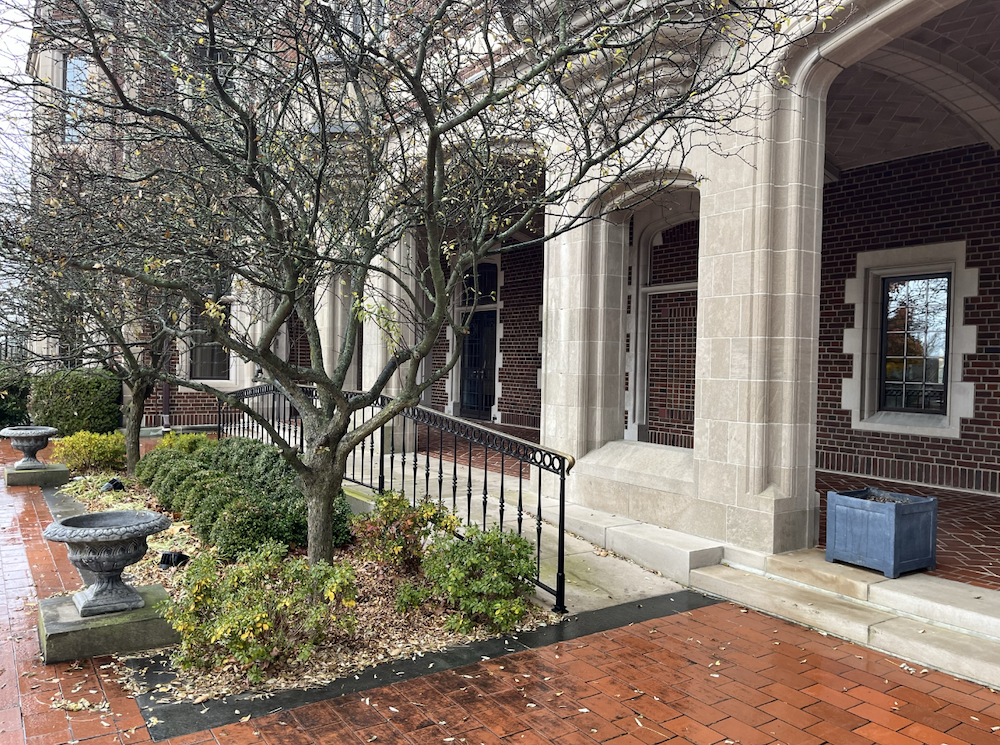Three years after feds launched an investigation regarding violations of the Americans with Disabilities Act, citing dozens of barriers to access at public facilities throughout New Canaan, the U.S. Department of Justice and town have reached a settlement agreement, officials say.
The town is “in the process of making the significant improvements required by the settlement agreement at Waveny Park, New Canaan High School, Mead Park, and the Town Hall,” according to a press release issued on behalf of Vanessa Roberts Avery, U.S. Attorney for the District of Connecticut. “Some changes required by the settlement include adding accessible seating, parking, and routes to several sports fields and athletic facilities at New Canaan High School and Mead Park, and making numerous changes to the interior and exterior of Waveny House to make it more accessible, including adding an elevator. The town will also create an accessible route from Vine Cottage to the Town Hall.”
The announcement marks a resolution to violations brought to the attention of the federal government by a local citizen. The town has approved a number of contracts since the start of the investigation to come into ADA compliance.
Roberts Avery in the press release “commended the leadership of the Town of New Canaan for cooperating with the U.S. Attorney’s Office to resolve the investigation,” the press release said.
“Individuals with disabilities should have equal access to their local park and be able to cheer on their children at a local high school game without worrying about inaccessible facilities,” Roberts Avery said in the release. “I am pleased that New Canaan has made this commitment to making its facilities more accessible to individuals with disabilities.”
Launched in August 2021, the federal investigation encompassed five facilities—Waveny House, Town Hall campus, Mead Park, Firehouse, Waveny paddle courts and hut and playing fields at New Canaan High School— and yielded a total of 109 citations, according to a Site Survey Report issued by the DOJ’s Disability Rights Section. The barriers ranged from problems requiring small changes, such as new or relocated signage, to substantial infrastructure projects, such as entirely new accessible routes where none currently exist or changes to the slope of walkways and ramps already in place.
